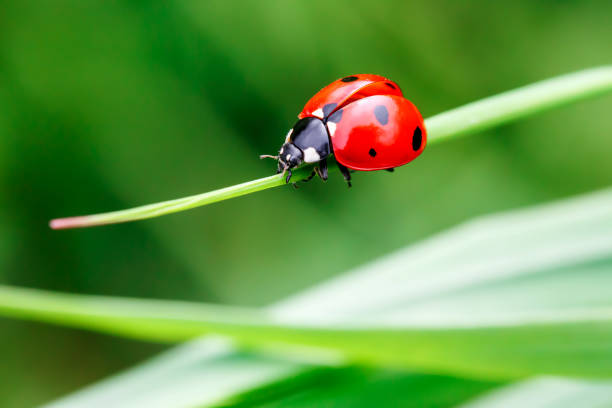Discovering the Hidden World of Insect Pets
There's a whole world of pet ownership that goes beyond cats and dogs, and it's buzzing with life. In recent years, the trend of keeping insects as pets has seen a significant surge. From ants to tarantulas, stick insects to beetles, this fascinating hobby is captivating the hearts of animal enthusiasts worldwide.

The Intriguing History of Insect Pets
Keeping insects as pets is not as new a concept as it may seem. In fact, it dates back to ancient times. The Egyptians revered scarab beetles, a symbol of rebirth and regeneration, while in China, crickets were kept for their soothing chirps and occasionally for cricket fighting, a popular sport during the Tang Dynasty.
In Japan, the tradition of keeping insects, particularly beetles and butterflies, has been practiced for centuries. The Edo period saw a rise in the popularity of insect-keeping, with the practice becoming a beloved summer tradition for children. This affinity for insects continues today, with Japan’s annual beetle market estimated to be worth a staggering $57 million.
The Current Buzz on Insect Pets
Today, the trend of insect-keeping has spread globally. Internet access and social media platforms have played pivotal roles in popularizing the hobby, allowing enthusiasts to share their experiences and knowledge, and introduce others to the world of insect pets.
While some might shudder at the thought of sharing their home with insects, others find charm in their alien-like appearances, fascinating behaviors, and minimal care requirements. Common insect pets include ants, stick insects, praying mantises, beetles, and tarantulas, each offering unique observations and interactions.
The Impact on the Pet Market
The rise in popularity of insect pets has had a significant impact on the pet market. According to a report by Arachnoboards, an online forum for tarantula enthusiasts, the demand for tarantulas has skyrocketed in the past decade, leading to an increase in tarantula breeding and sales.
Pet shops have started to diversify their offerings, including products specifically designed for insect pets. These include vivariums, specially formulated diets, and even miniature furniture for ant farms. Prices vary widely, from inexpensive ant farms to high-end bespoke insect habitats.
The Science Behind the Trend
The appeal of insect pets extends beyond mere novelty. Studies have shown that observing insects can have therapeutic effects, reducing stress and promoting relaxation. Furthermore, caring for creatures so drastically different from ourselves can enhance our understanding of biodiversity and the importance of all life forms.
Insect-keeping is also an educational endeavor. For children, it provides a hands-on introduction to biology and ecology. For adults, it offers a deeper appreciation of the intricacies of nature.
The Future of Insect Pets
While the trend of insect-keeping continues to grow, it’s crucial for potential insect pet owners to research and understand the needs of their tiny companions. Some species require specific conditions and diets, and not all insects are suitable as pets.
Furthermore, it’s vital that the trade in insect pets remains ethical and sustainable. Over-collection can threaten wild populations, and the release of non-native species can disrupt local ecosystems.
As we delve deeper into the world of insect pets, we must ensure that our fascination does not harm the creatures we have come to appreciate. After all, the goal of pet ownership, no matter how many legs our pets have, is to foster a deeper connection with the natural world and the amazing creatures that inhabit it.




